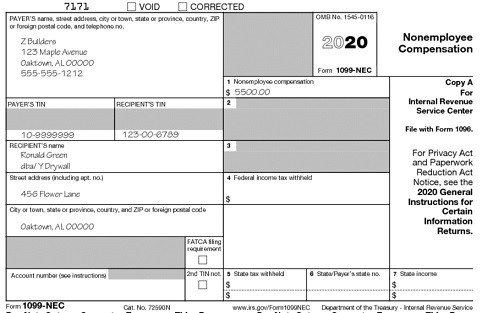Actually, a Recession is a Great Time to Launch That New Startup
It’s safe to say that there are a lot of people worried about an impending global recession thanks to the economic slowdown that the ongoing COVID-19 pandemic has brought with it – and your average entrepreneur and startup founder is chief among them. Obviously, it makes sense to assume that with so many people watching what they spend and with so much uncertainty in the air, it’s too risky to launch that business of your dreams anytime in the near future.
But at the same time, that idea and reality may not line up quite as nicely as you’d think. In fact, some argue that entrepreneurs actually should not worry about a potential recession for the simple reason that the state of the global economy doesn’t directly impact startups on a large scale.
There are definitely factors that will determine whether or not a startup will succeed, but they have less to do with the coronavirus, with an impending global recession, or with any other large-scale matters than you might think.
The Positives of Founding a Startup in a Recession: What You Need to Know
One of the major reasons why founding a startup in a recession isn’t necessarily the major issue you thought it was going to be has to do with the fact that products and services are generally cheaper during these periods of economic downturn. Smart entrepreneurs aren’t scared by this – they’re ready and waiting to take advantage of it.
While larger companies are looking for any opportunity to retract and shed costs, those struggling businesses will likely sell off a lot of their assets at bargain basement rates. Retailers and other organizations will usually drop their prices in an effort to move as much inventory as possible before it’s too late. Interest rates fall to their absolute lowest, meaning that opening new lines of credit (or borrowing money in general) has never been easier.
Sure, none of this is exactly positive for those larger organizations – but it’s good news for your new startup that couldn’t have come along at a better time. Provided that you already have a plan in place, you can save on costs and still bring your vision of the perfect company into reality at the exact same time.
Top Talent Will Always Be Looking for Opportunities
Along the same lines, your startup will obviously need high quality employees to work for, though depending on the financial side of your business, getting to that point may often feel easier said than done.
But in the event that a global recession does occur, this is another one of the major reasons why this could actually be good news for your efforts. As soon as a global recession sets in, those larger companies are going to begin shedding workers – and fast. As unemployment rates rise across the country, it means that there will be a far larger number of qualified, passionate, and talented people available to fill whatever positions you have available.
By putting in the effort today to put a strong hiring plan in place, you’ll know exactly what type of candidates to go after as soon as they become available. Not only that, but you’ll likely be able to secure these people at lower rates than you would have had the job market been stronger in your industry.
In fact, a lot of people agree that this is actually a great opportunity to bring in a co-founder to compliment your skill set. Never forget that a big part of your success will ultimately be determined less by what you do and more by who you’re able to surround yourself with. If you’re able to attract qualified individuals who A) believe in what you’re trying to accomplish, and who B) fill in a lot of the skills gaps that you yourself possess, you’ll be in a far better position than you otherwise would have been – and earlier on in your company’s lifecycle as well.
Entrepreneurs Solve Problems. That Will Always Be True (and Necessary)
In the end, the same factors that will impact whether a startup can succeed are as true today as they were before any of us had ever heard about the coronavirus. They are and will always involve your founding team and their ability to solve a problem for a paying customer. Starting your business with a qualified, well-balanced, and experienced team is something you simply cannot overstate the importance of.
People will always have problems and they will always look to new and innovative companies to help solve them. Yes, the problems may change given what is going on in the world – but the fact that people are looking for real, effective solutions will not.
In other words, it’s still all about the product-market fit, the same as any other time. If your startup was founded on a genuinely innovative idea that spoke directly to the heart of a universal problem that a lot of people are experiencing, it will find its success. It may take a bit longer in a global recession, sure – but the odds are very much in your favor.
Oftentimes, achieving this product-market fit has little to do with wider macroeconomic trends, which is exactly why a recession is probably a far better time to launch your startup than you thought it was going to be. Once you also remember the simple fact that all recessions eventually come to an end – and that those startups that were founded on a stable foundation are in the best position to rebound at that time – you’re looking at a very exciting position for any entrepreneur to be in.


